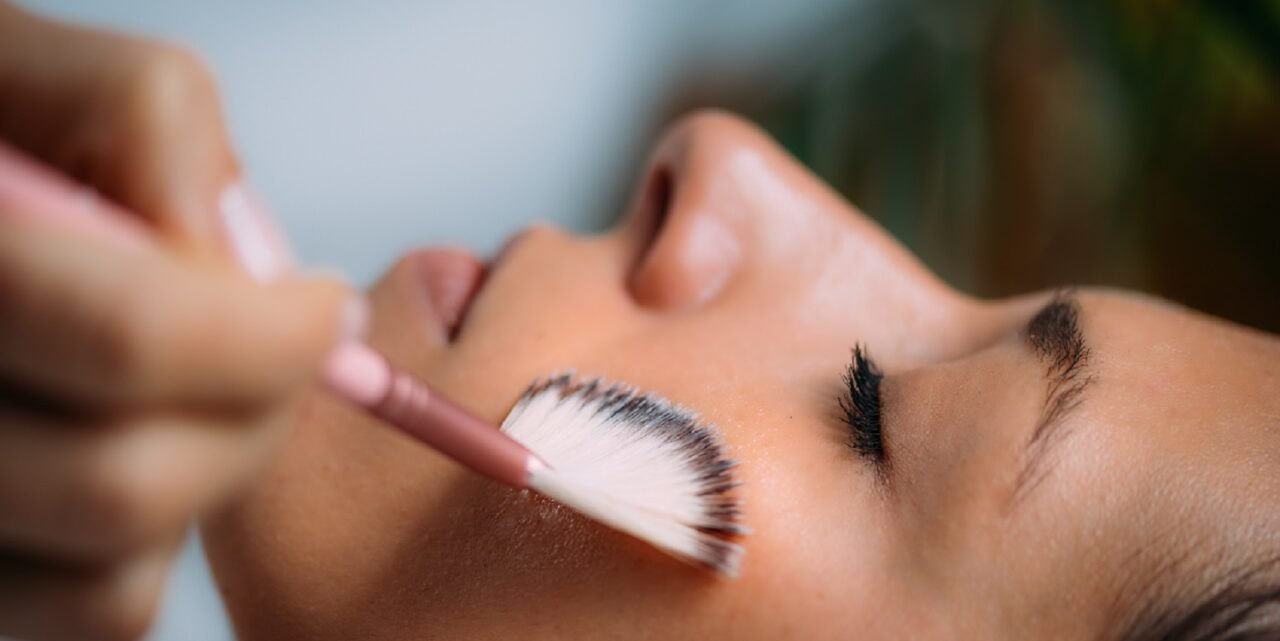Chemical Peel Treatment in Pune
CHEMICAL PEELS / FRUIT BASED PEELS:
Chemical peels are the fruit acid extracts that are applied to the skin for a specific time period to have chemo-exfoliation of the skin. Our skin is made of mainly 3 layers, upper epidermis, Middle dermis, & subcutaneous tissue. The upper layer of the epidermis is further divided into 5 layers.
Different kind of peels acts on different layers of skin. Depending upon their level of penetration they can be classified as superficial peels, medium depth peels & deep peels. Every type of peel is having a specific indication to treat various problems on the skin.

Chemical peels are the fruit acid extracts that are applied to the skin for a specific time period to have chemo-exfoliation of the skin. Our skin is made of mainly 3 layers, upper epidermis, Middle dermis, & subcutaneous tissue. The upper layer of the epidermis is further divided into 5 layers.
Different kind of peels acts on different layers of skin. Depending upon their level of penetration they can be classified as superficial peels, medium depth peels & deep peels. Every type of peel is having a specific indication to treat various problems on the skin.
Types: –
Superficial peels: -acts on the upper layer of our skin and allows exfoliation or removal of dead layer of the epidermis in a controlled manner. These include AHA peels such as glycolic peels, lactic acid peels.
Post peel– These peels don’t involve much downtime. Also called as lunch hour peel means one can join their office or work immediately after the session
Medium depth peels: – causes destruction of the Epidermis, some part of dermis. These include TCA or trichloroacetic acid peels, concentrated glycolic peels and others.
Post peel– After medium depth peels, redness, itching & flakiness, dryness on the skin may persist for 3 to 4 days, which can be concealed easily with foundation or moisturizers.
Deep peels: – are usually acting on the deep layer of the dermis, which has collagen & elastin fibres, which are responsible for tightness & firmness on skin. These are responsible for the destruction of the epidermis, and some part of dermis. These include phenol peels.
Post peel– These peels involve more healing time as they act into the deep dermis. Downtime will be for 8 to 10 days. Strict photoprotection is advisable to avoid getting PIH.
INDICATIONS: –
- Dull skin, uneven complexion
- Skin rejuvenation.
- Blackheads, whiteheads
- Cystic acne
- Melasma
- To reduce fine lines, wrinkles on the skin.
- Pigmentation
- UEDC
- Antiaging
Choice of peel:
Choice of chemical peel treatment depends upon the condition of the patient’s skin & the patient’s level of expectation with chemical peel treatment.
Different types of chemical peels can be used depending upon the condition to treat.
Nowadays, one solution of chemical peel has also come with 2 to 3 ingredients in it, to give better results when used in combination.
Anybody having normal to oily skin, not having an active infection on the skin, not having any history of photo allergy. or photosensitivity can go for a chemical peel session under the guidance of board-certified, experienced dermatologist.
Strengths of chemical peels: Which strengths of chemical peels to use entirely depend upon the patient skin type & problem to be treated. One can trust a good quality, chemical peel product in terms of its concentration to be more effective. As there are many chemical peels in the market, which are showing their concentration on products, but in reality, they are very weak to act. A consultation with an experienced dermatologist is needed to get a desirable outcome after treatment.
What all precautions needs to be taken before going for chemical peel treatment?
Before going for a chemical peel session, one should not have:
- More Dryness on skin, irritation & itching.
- Skin should not have any active wound, which will need some time to heal.
- Patient should not have any history of photosensitivity.
- There should not be any recent episode of tanning or heavy sun exposure.
- Whether he/she is on regular use of broad-spectrum sunscreen, should be asked.
- Previous &recent treatment History in terms of oral & topical medications should be taken in detail to avoid any complications after the chemical peel’s session.
For eg:- Many of the patients use different OTC products without the guidance of dermatologists, these may contain certain steroids. Long-term application of which may lead to redness on skin. Such patients cannot tolerate chemical peel sessions as their skin becomes sensitive & irritable with steroids application.



